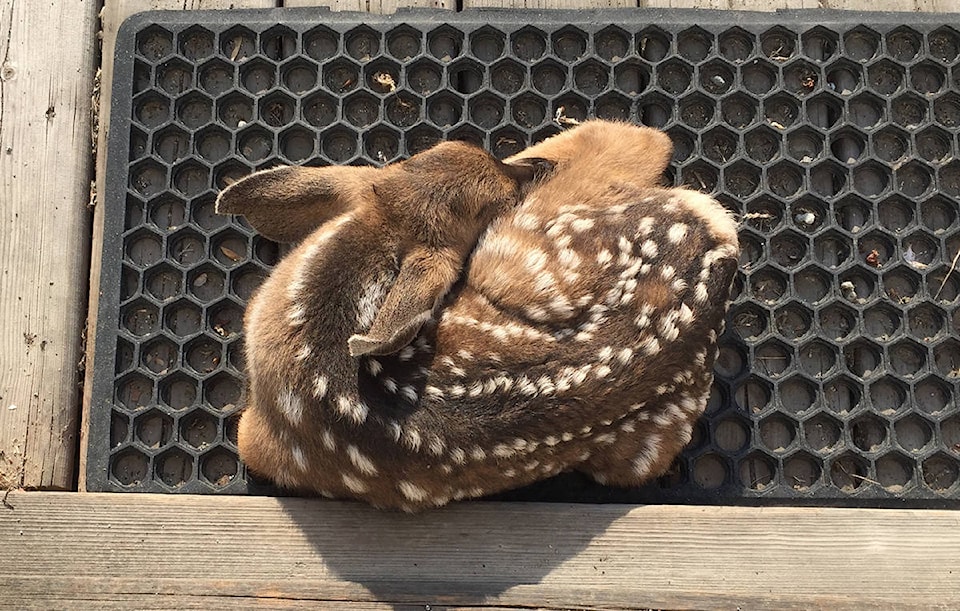WildSafeBC is asking local residents to leave deer and fawning signage alone during fawning season to help protect both the deer and the community.
When a fawn is in the area, City or Wildsafe staff will place signage to warn people to keep their distance.
Provincial WildSafeBC Coordinator, Vanessa Isnardy says that deer encounters can vary from place to place and from one circumstance to another.
“Some deer are quite timid and naturally wary of people and this is what we would consider normal behavior for deer. This natural behavior helps keep wildlife wild and from coming into conflict. Deer that enter communities are more at risk of being accidentally struck by vehicles or eating unnatural foods that can be harmful to them,” said Isnardy in a press release.
WildSafeBC Community Coordinator, Danica Roussy explained that in many communities in B.C., including Kimberley and Cranbrook, deer are becoming more and more habituated to humans.
She adds that sometimes this is through intentional feeding or from simply being tolerated in a community and losing their natural wariness of humans.
“Deer will also find protection from predators and will sometimes raise their fawns in these communities. Some of these deer have been known to aggressively protect their fawns from dogs and people. Dogs have been killed and people seriously injured by deer,” she said WildSafeBC said in the press release that they are “not here to demonize deer” but rather educate the public on giving deer space, especially during fawning season. For that reason, signs are put up throughout the neighbourhood either by WildSafeBC or the City.
“WildSafeBC respectfully asks that the intention of the sign is considered and that it is in the best interest of the deer to help keep them wild,” said Roussy. “Please do not remove or break the sign, the sign not only keeps wildlife wild, but it also keeps community safe, i.e. warning children walking to school, tourists in the area or simply residents walking their dogs.”
If you encounter a human-wildlife conflict, please call the Conservation Officer Services RAPP Line at 1-877-952-7277.
